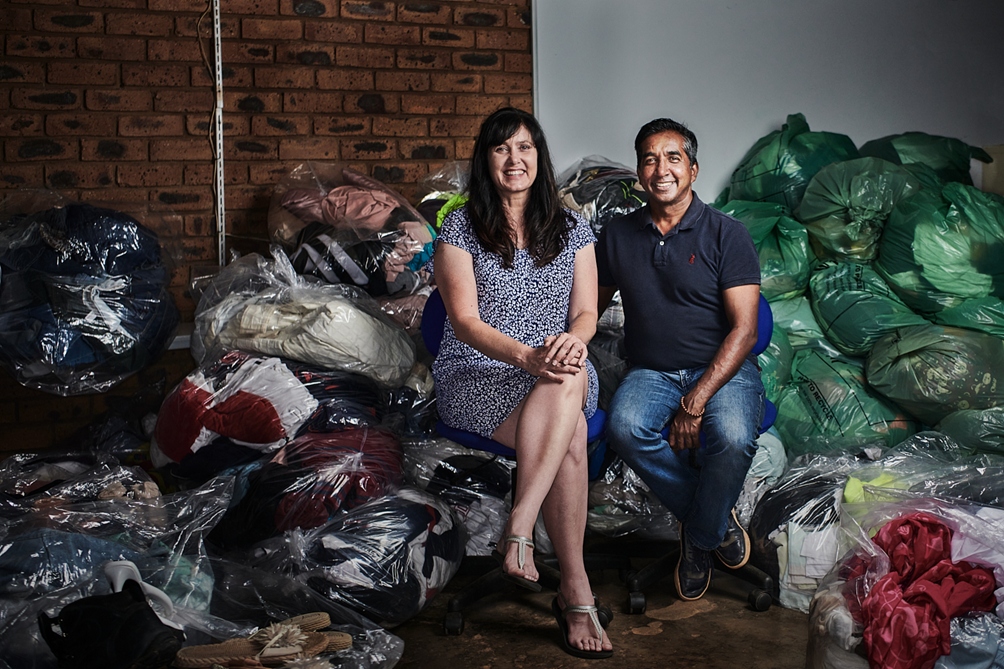Glasgow Caledonian to help power textile recycling in South Africa

Glasgow Caledonian is lending its expertise in renewable energy and sustainable fashion to a ground-breaking project in South Africa.
Researchers are partnering with the University of Johannesburg and the social enterprise Clothes to Good to help provide a prototype to supply clean energy to power garment recycling in townships.
The project, funded by the Royal Academy of Engineering, aims to support South African initiatives which generate employment for people with disabilities through the recycling of discarded clothes.
Leading the technical side of the project are colleagues from the School of Computing, Engineering, and Built Environment. The team, led by Professor Mohamed Emad Farrag, is developing a hybrid system that integrates wind turbines and photovoltaic solar panels to produce the clean energy required for textile processing.
Sustainable fashion experts from Glasgow School for Business and Society, led by Dr Lindsey Drylie Carey, will involve students in the design of garments inspired by the upcycling approach of Clothes to Good, which recycles hundreds of tonnes of textile waste each year.
A delegation from Glasgow Caledonian will visit South Africa next week for a series of site visits, lectures and meetings.
Professor Emad Farrag said: "The project will build on the experience that Glasgow Caledonian has in developing hybrid systems of wind turbine and solar to produce enough clean energy that is essential to provide the electric energy needed for processing garments."
Dr Drylie Carey, Reader in Marketing, added: “This will empower the families and communities with care responsibilities of people with mental and physical disabilities, in order to support them to live a decent life with access to electricity, and at the same time allows them to continue upcycling clothes from home.”
